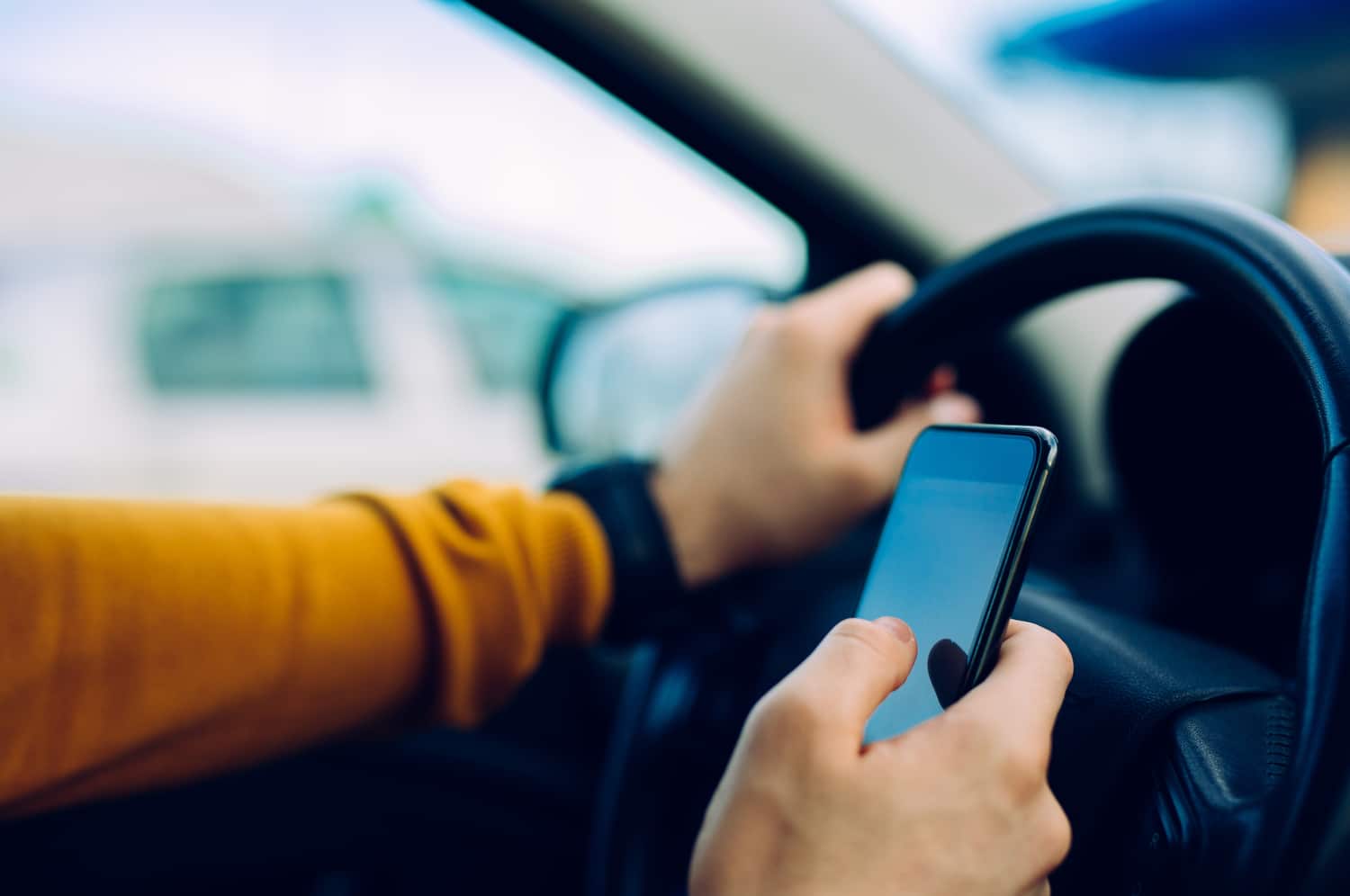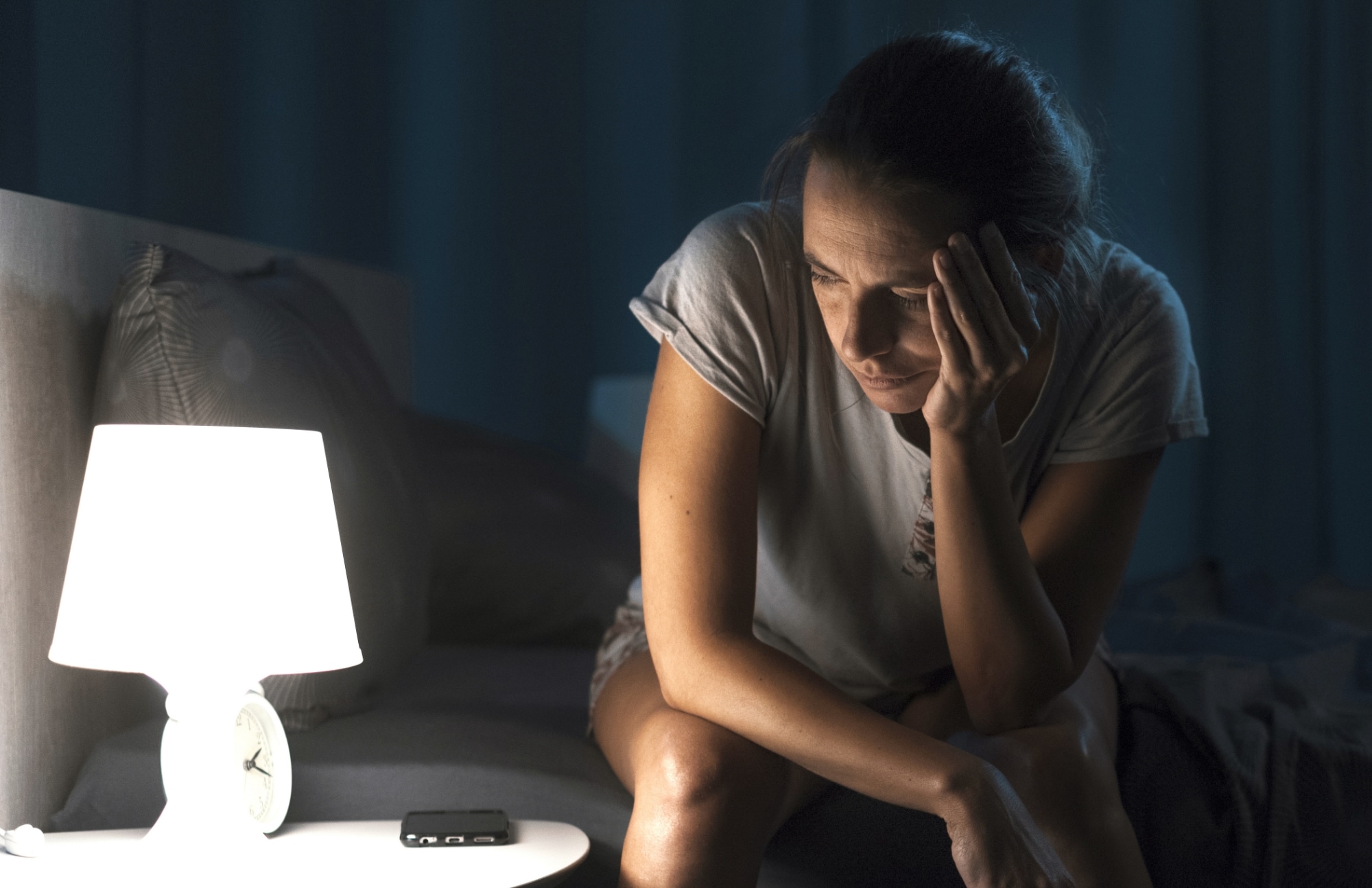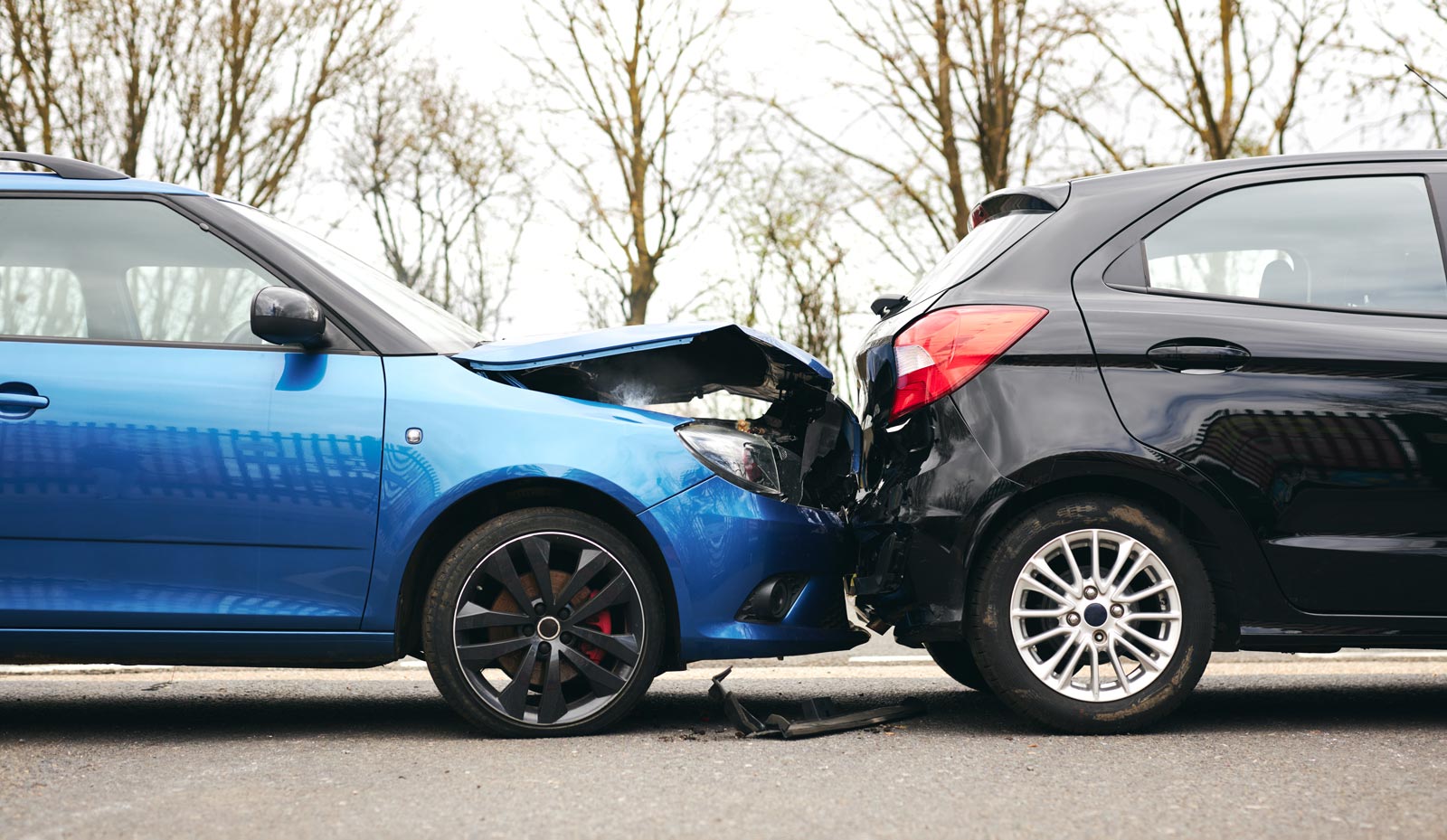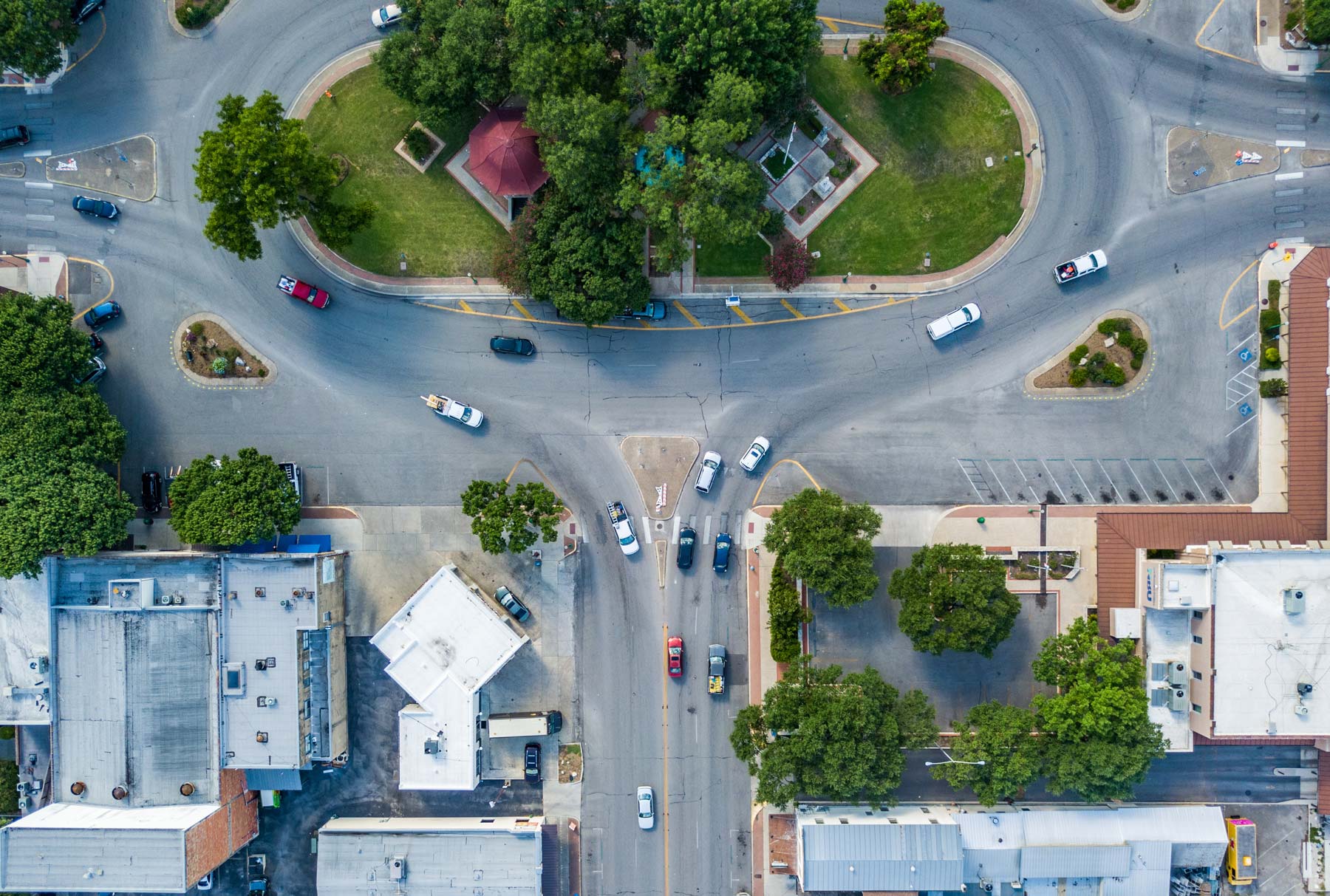In 2018, the Texas Department of Transportation (TxDOt) reported over 96,000 distracted driving crashes—but the real number is probably much higher. Due to flaws in our enforcement systems, distracted driving is significantly underreported, and most drivers will never admit to violating Texas’ laws about texting and driving.
In this article, the injury attorneys at Crosley Law explain the challenges associated with distracted driving claims and how we fight back with cutting-edge tactics.
Get the Facts: Distracted Driving in Texas
You may think that taking your eyes off the road for “just a second” doesn’t count as distracted driving. However, at 55 miles per hour, you can travel the length of a football field in the 4.6 seconds it takes to send or read a “quick” text. A lot can happen in those couple of seconds.
In 2017, Texas made it illegal to use an electronic device to read, write, or send messages while driving. The rules are even stricter for drivers under the age of 18. While the police can stop you if they see you texting, the law is sometimes difficult to enforce.
Furthermore, there are many exceptions to Texas’ texting ban. For example, adult drivers can use hands-free devices and navigation systems—even though they can be as distracting as a social media feed. The law also doesn’t address applications like music and video streaming.
Why Do I Need A Lawyer For My Crash?
If you can show that the at-fault driver was texting while driving, they are negligent per se. This legal rule streamlines an injury claim when a driver was violating a state or federal law at the time of the crash.
RELATED: Understanding Negligence in Your Personal Injury Claim
However, most drivers will never admit to using their phones on the road. If you suspect that distracted driving contributed to your crash, you need to act quickly to preserve evidence that may support your claim. An experienced injury lawyer is essential to this effort.
1. Your Lawyer Will Look for Distracted Driving Red Flags
The National Highway Traffic Safety Administration has identified a series of red flags that suggest distracted driving. They include:
- Veering and poor lane control
- Ignoring or delayed responses to traffic signals and lights
- Inconsistent speed
- Abrupt turns
- Failing to use turn signals
Distracted driving is also more common in crashes involving motorcyclists, bicyclists, and pedestrians.
However, other factors can contribute to our distraction. The presence of food, beverages, maps, and makeup in the vehicle can also be indications that the driver was not giving the road their full attention.
If the circumstances surrounding your wreck suggest distracted driving, your lawyer will start a careful investigation—which may include interviewing witnesses, studying data and phone logs, reviewing video footage, and consulting with experts.
RELATED: Motorcyclist Receives $750K Settlement in Distracted Teen Driver Crash
2. Electronic Records Can Prove Your Distracted Driving Claims— if You Preserve Them
In our connected world, there may be multiple lawyers of electronic evidence that document distracted driving. First, phone logs and other electronic data can identify phone use immediately before or during a crash. Second, sensor systems on many cars and commercial vehicles can help experts pinpoint when a driver slammed on the brakes or veered into oncoming traffic. Finally, traffic and dashboard camera systems may have recorded the driver’s every move leading up to the collision.
“However, at 55 miles per hour, you can travel the length of a football field in the 4.6 seconds it takes to send or read a “quick” text. A lot can happen in those couple of seconds.”
However, unless you preserve this information, it may disappear forever. At Crosley Law, we regularly subpoena electronic records. A subpoena is a legal document that requests specific evidence from someone. If the person refuses to comply, they may face civil and criminal penalties.
3. Rebuild a Crash With Help From Experts
After a crash, it’s always a good idea to take pictures of the crash scene. However, a lawyer can sometimes identify evidence that may otherwise get missed. That’s why we often send our investigators out to crash scenes soon afterward, documenting debris trails, skid marks, and other data points.
Some of this information can be used to recreate the crash through digital reconstruction. Based on witnesses’ testimony, crash reports, and vehicle damage, accident reconstruction experts can present a model of how the collision occurred. These expert opinions can help the jurors understand the exact mechanisms that lead to your injuries and how distracted driving played a role in your crash.
Crosley Law Uses Cutting-Edge Technology to Present Your Case For Optimum Impact
At Crosley Law, our attorneys work with expert accident reconstructionists and medical professionals to develop visual and compelling evidence to prove your case. We have a track record of success in distracted driving claims, and we act quickly to subpoena electronic records.
If you or a loved one has been injured in a crash involving a distracted driver, contact us today to discuss your rights and options. Call us at 210-LAW-3000 | 210-529-3000 or fill out our easy online form.
References
Distracted driving killing more pedestrians, bicyclists. (2013, November 20). ScienceDaily. Retrieved from https://www.sciencedaily.com/releases/2013/11/131120100318.htm
National Traffic Law Center. (May 2017). Investigation and prosecution of distracted driving cases. Washington, DC: National Highway Traffic Safety Administration. Retrieved from https://www.nhtsa.gov/sites/nhtsa.dot.gov/ files/documents/812407-distracteddrivingreport.pdf
Texas Department of Transportation. (2019, May 6). Distracted Driving Crashes and Injuries By County. Texas Motor Vehicle Crash Statistics – 2018. Retrieved from http://ftp.dot.state.tx.us/pub/txdot‑info/trf/crash_statistics/ 2018/32.pdf
The content provided here is for informational purposes only and should not be construed as legal advice on any subject.









